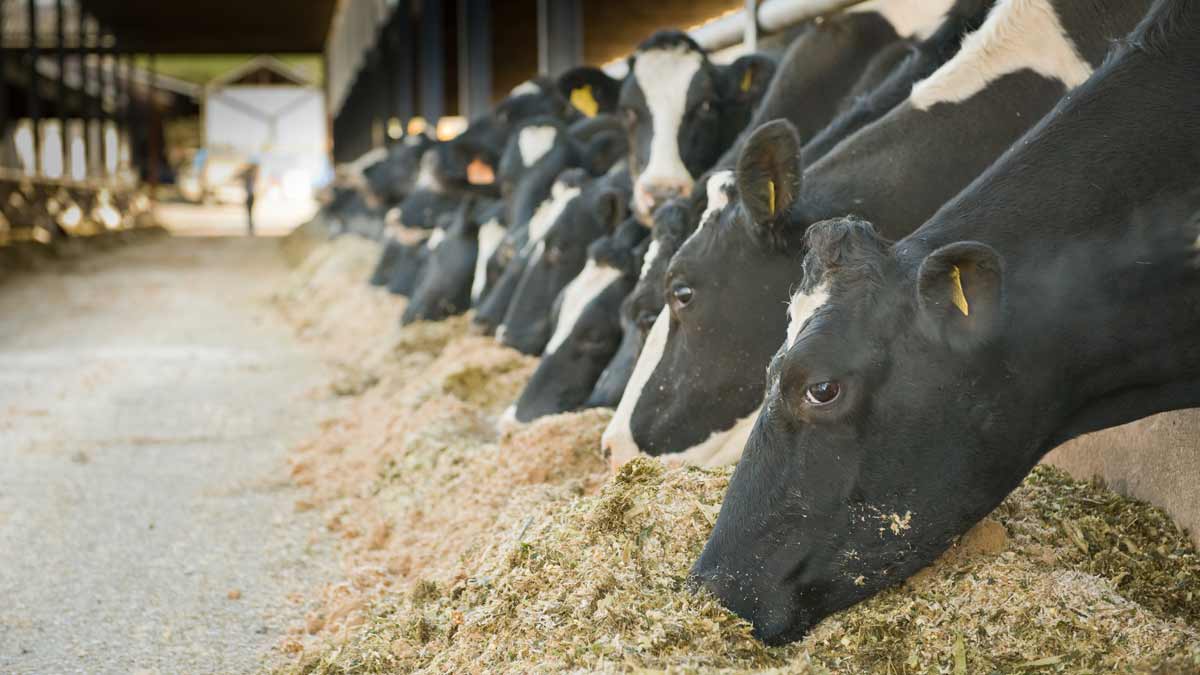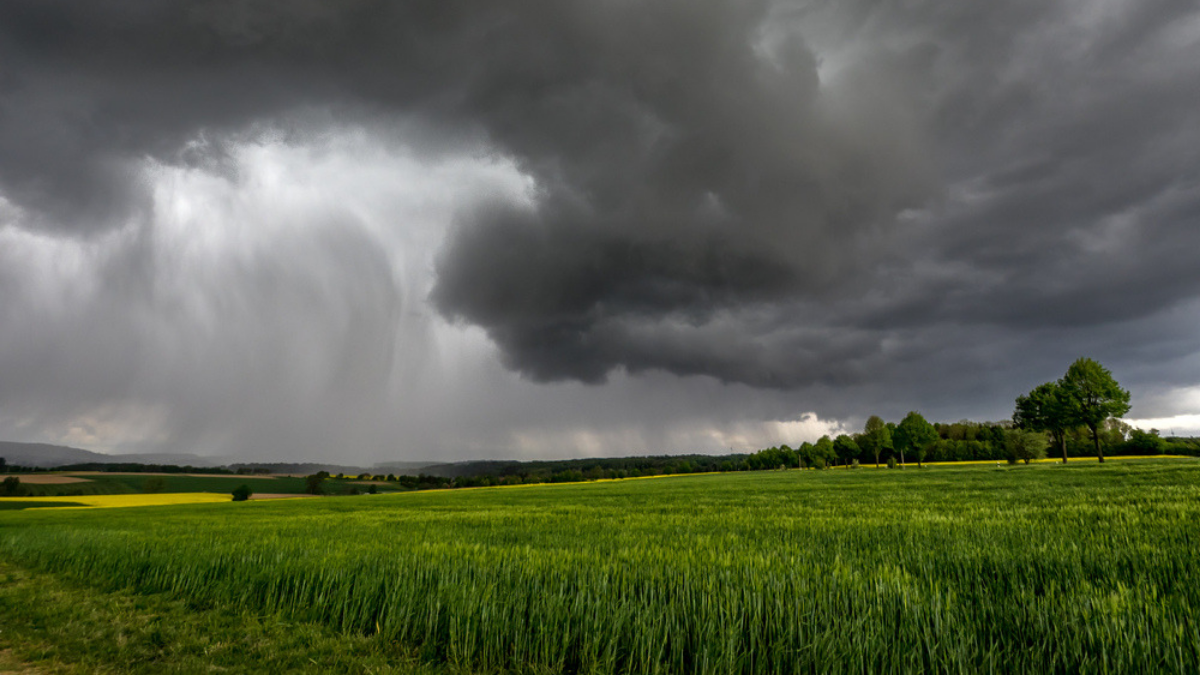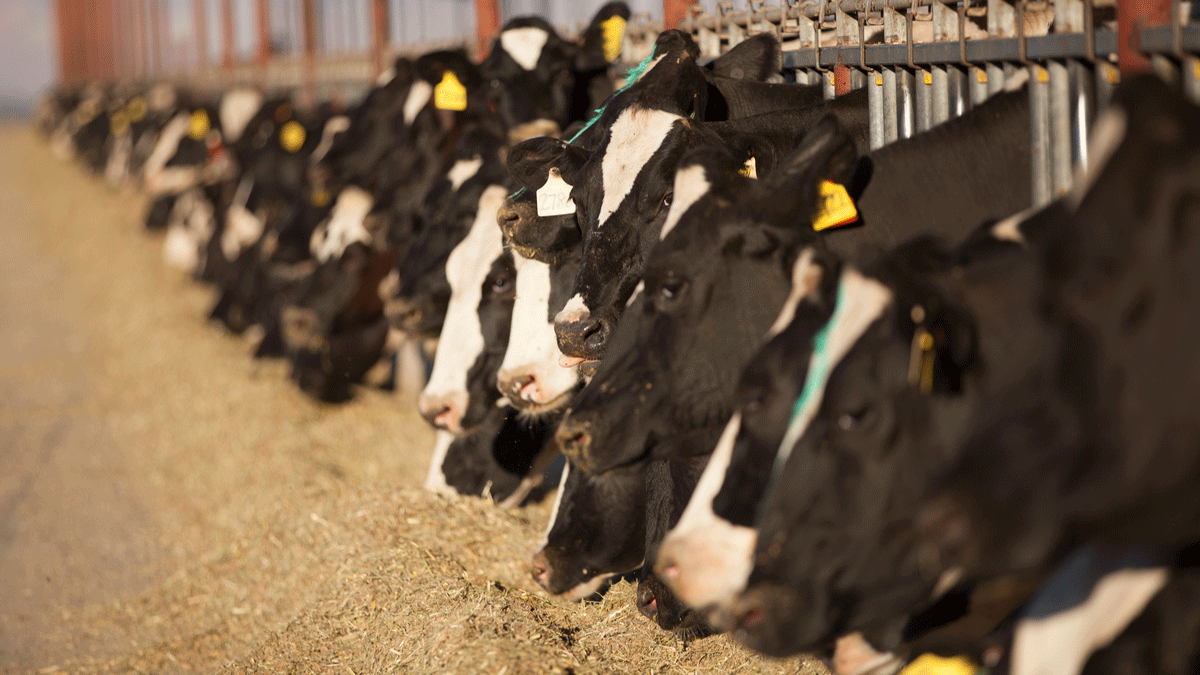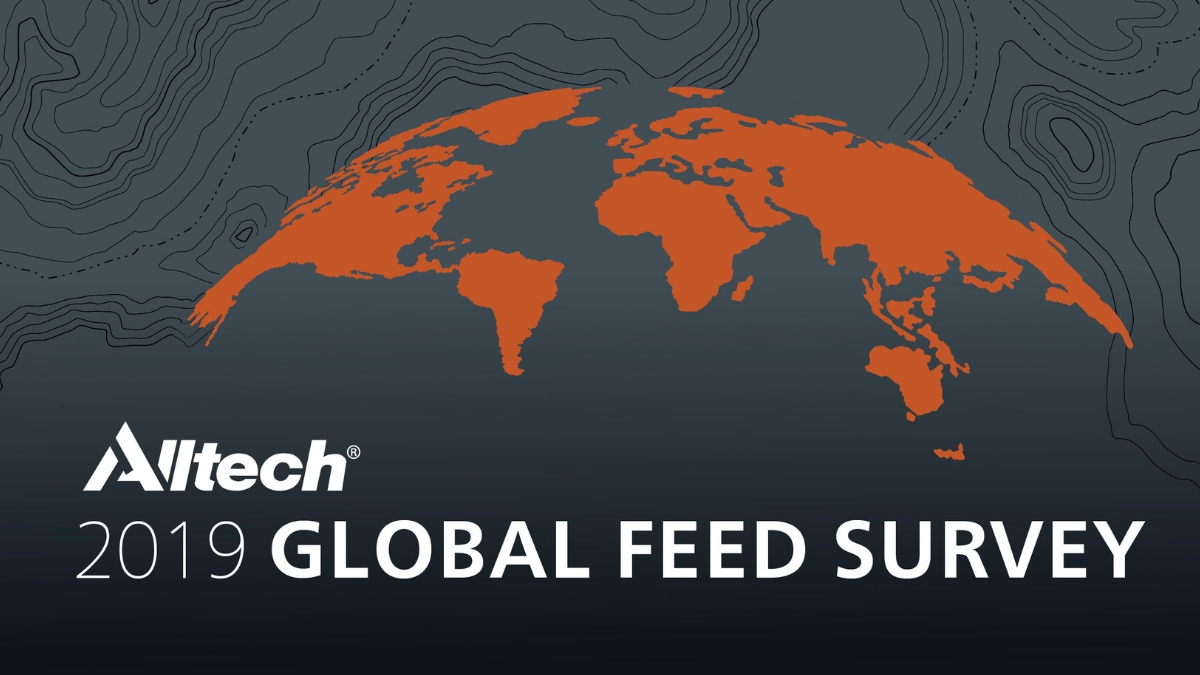Below is an edited transcript of Nicole Erwin's interview with Frank Wooten, CEO of Vence. Click below to hear the full interview:
Nicole: I'm talking with Frank Wooten, CEO of Vence, a virtual fencing company that hopes to reinvent livestock management. Thanks for joining us.
Frank: Thank you very much for having me.
Nicole: Frank, this technology is exciting on so many levels, from land and soil management, to nutrition and conditioning, cost reductions, and time and labor. Admittedly, all I have done is actually watch your promotional video. But all you had to do was say “Savory Institute,” and I got it. It's rotational grazing for the most part. Was this the impetus for this technology in finding a way to get more farmers into this type of management?
Frank: Our co-founder [Jasper Holdsworth] is a Kiwi — he's from the northern island of New Zealand — and his family was intensifying their property that they've run for three generations. As part of that intensification, they were spending hundreds of thousands of dollars in fencing on an annual basis, and they were looking for alternatives.
They don't really label it as Savory or holistic — they were just basically trying to increase their productivity. The reality is, as we've really searched around the world, a lot of people resonate with what Allan Savory is doing in holistic management. But it started, really, from a need at a grassroots level.
Nicole: What is your connection to marrying this kind of technology with the farm? Were you raised on a farm?
Frank: I'm the son of an engineer, but my background is in finance. For me, it was immediately this understanding — this sense of optimization — when I looked at what Jasper was describing when we started to talk about the problem. It became clear that we could put something together with technology and artificial intelligence, as well as communications network. I brought the business background to create a business model, and we've done some financial engineering as well to make sure that our customers receive a return in year one — day one.
Nicole: Even though it didn't start out as kind of a holistic approach, it's developed into that. Can you talk a little bit about the financial side as well as whole management and how that kind of works together?
Frank: Yeah. I think that holistic management as people are finding out is more profitable as well. We always attacked it from the customer point of view, which was how do we increase productivity and profitability. The other side of the customer is that they had been using fencing for thousands of years. This is a practice that people's parents and grandparents have used and has worked over generations. In order to get somebody to try something new and different in that scenario, you need to have a high bar of return for them and it can't be something that takes for years for them to see.
What we've done cost-wise is we've created a service rather than just selling a hardware. We charge our customers $15 a year for this basic service and we assume all the responsibility of the hardware. If the hardware broke or something failed, we need to replace it, we need to go out and fix it. That gives the customers a lot more comfort rather than spending a couple hundred dollars on a piece of hardware to replace something they've used for hundreds of years.
Nicole: My understanding with rotational grazing and that type of livestock management, it can take many years to understand all the components of that. How does your technology speed that up?
Frank: What we speed up is a lot of times, it's a huge capital investment for putting in the fencing and then you have to train your labor force in order to do it. We've enabled people to point click basically to create fences. Then we're going to be able to move animals from one place to another without the need for labor.
What we enable people to do is test this out without that huge financial barrier. There's obviously needs the ground and the grass itself generates returns over time, and that's not something that we can speed up. But what we can speed up is what the adoption and testing rate is and reduce the barriers for that.
Nicole: You are mentioning the pointing and clicking. I was wondering, do you kind of bank off a kind of Pavlovian style of conditioning with this technology?
Frank: Absolutely. Most people view it in the same way as the invisible fence for dogs. The difference is being that with an invisible fence for dogs, you have to put a wire into the ground, and when a dog approaches the wire, a sound is emitted. They learn that if they don't change direction, they will receive a shock.
We use the same training, except we have vibration involved as well. There's an intermediate step — a sort of sound vibration — and then a small shock. It's much less electricity than what you get it in a traditional electric fence. They learn within 48 hours that the sound is correlated to shock, and the response is very effective.
Nicole: I've been to parts of New Zealand, and having Wi-Fi isn't always an option. How important is having rural broadband connections for this type of technology?
Frank: We'll use whatever version of backhaul, as it were, to take the information up to The Cloud. The way that the device works is that you set up a tower on your farm — generally, we will set it up on a high point on your farm. From those high points, we can either get satellite connectivity or we can get cellular connectivity.
Even in places where people don't normally get service on their handsets, if we put up posts 40 feet in the air, you can get some version of cellular connectivity. If they do happen to have rural broadband, it's even better for us. But our device actually creates another network over the farm, which is the equivalent of an AM radio station. One pole can cover 10 plus kilometers — or six miles of land — in either direction.
Nicole: How is it powered? What's the energy source? Can you solar or—?
Frank: Yes, we'll use solar — I assume we're talking at the post level, right?
Nicole: I guess all of it.
Frank: We looked at solar on the individual device level. We found some challenges — there are always edge cases, as we call them. In the middle of the winter in Wyoming, there is really not much solar “juice” to get, and so we're looking at having the device on the animal powered by a battery. The reasoning for that is reliability — it's so crucial for our customers. On the backhaul — or the tower side — of things, we do have a solar component and we just adjust that for the region in which it’s located. We have solar and a battery.
Nicole: The first question I could see with equipment like this is that it is exposed to the elements. What is it made of, and what have you done with the design to withstand wind, rain, mud — all the “fun” things?
Frank: We have industrial designers who basically take devices and put them through the ringer, whether it's urine from the animals — which is actually one of the more difficult challenges. For the sun, wind and water, there are a lot of different products that protect against those elements. It's the animal elements that add an extra degree of complexity. We've been testing against those and have a team that actually tests those in the field to make sure that it's going to continue to work.
Nicole: Okay. My experience with this type of livestock management is that it's not really talked about in school that much. Why do you think that is?
Frank: That's a good question. I don't know why that is. I think that, from what we see in the U.S., these farms are largely a family-run business. Livestock management is something that's been handed down from one generation to the next. Some people don't view it as the most glamorous profession when you're doing really hard physical labor, but it has an amazing return. You're providing food for the country. But I don't know necessarily why it's not discussed more in schools or viewed as a profession that people would desire. I'd like to spend more time in the hills of Montana managing cattle.
Nicole: Do you feel like you have to educate a bit though, if we're looking at who your target market would be with this? Already established farms would have X number of miles of fencing. How do you convince them to get rid of all that —what they've already invested in?
Frank: Just to be clear, the farmer doesn't have to get rid of their fencing.
Nicole: Okay.
Frank: A lot of times, what we're looking at is the intensification. We don't think that people will ever take away their external fences. We think it's largely something that's part of the psyche of owning a piece of property — you know where your land is demarcated.
Secondly, we're creating a fence which an animal can run through. If a bear is chasing a cow, it's going to run through that fence and it's going to get a couple of different shocks, which gives the cow a reprieve. We’re not a hard barrier fence. We do think that there is an element of physical fencing that is still necessary.
We allow somebody who has a 10,000-acre farm or a 20,000-acre piece of property to subdivide that land without any additional infrastructure. The sales process for that person is about understanding what his land could do and could produce for him if it was intensified with this fencing.
A lot of times, that's a really big uptake. We have customers in Wyoming who have 500 head and they could be carrying 1,500 if they had additional labor and additional fencing. Instead of spending a couple hundred thousand dollars in fencing, they spend $15,000 and have it done in one day. It's really about educating them along those lines.
Nicole: Say that maybe a cow does run off because it's been chased by a coyote or something — do you have the GPS technology to track it?
Frank: Yes. That's a part and parcel with what we're providing our customers. It's not simply fencing, but it's real-time analytics. You have the ability to see a “heat map,” as we call it. Your animal is grazing on your land over a period of time. You can see where that animal is now, but you can also see where they've been over the last month. You could see that your whole herd is avoiding some part of your land. You could put them in that part of your land to have it grazed. You could force them into it without the need for additional fencing.
Nicole: How did you find your way to The Pearse Lyons Accelerator, and what was it like pitching to the audience [at ONE: The Alltech Ideas Conference]?
Frank: I spend a decent amount of time looking at different companies in the accelerator space and understanding what people are doing. I had seen a Pearse Lyons Accelerator — I had done a Google search on something — two years ago when we first started. We just weren't at a point then where we were even close to commercialization, so it just didn't make sense for us at that point in time. Luckily enough, we were accepted this year, and it’s been a really wonderful experience.
To anybody out there listening, as ag-tech startup, I would highly suggest applying. These guys are amazing. In terms of pitching to the audience, it's pretty nerve-wracking. These guys at Alltech have really helped us a lot in terms of understanding the way to construct a pitch and the way to construct a go-to-market strategy. With that knowledge, it becomes a bit easier, you just get a lot more comfortable with what it is that you're selling versus where we were a year ago.
Nicole: How do you see the relationship with Alltech taking Vence to the next level and what is that exactly?
Frank: The next level [for Vence] is tags on hundreds of thousands and millions of animals. We have products which co-exist right now. They have a nutritional product for animals, or they have hardware that they sell to help with silage and other items. We are trying to enhance the way that farms are managed. Their products will always be necessary in our use cases.
At some point, in the future, the way that I would love to see it evolve is that we can make a recommendation to our customers for Alltech products.
Nicole: Frank Wooten, CEO of Vence. Thank you so much.
Frank: Thank you.






















